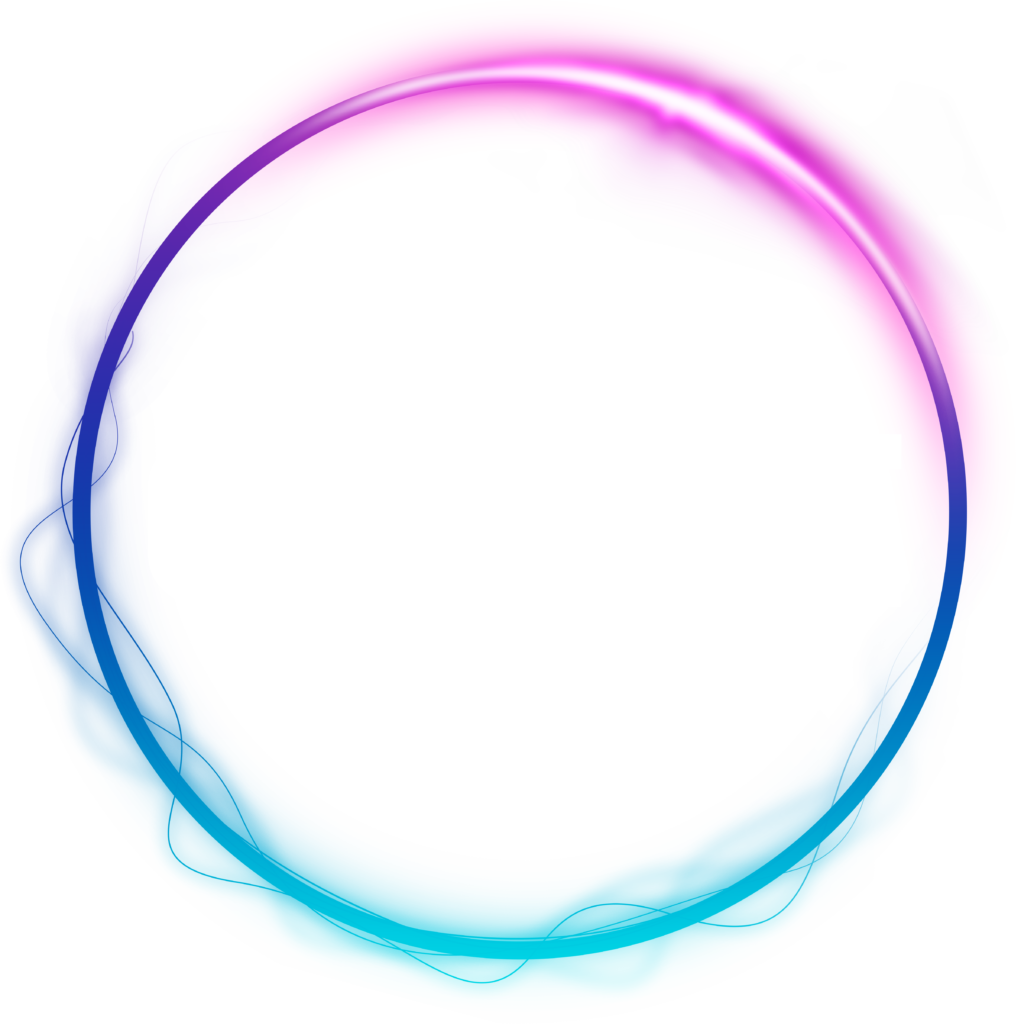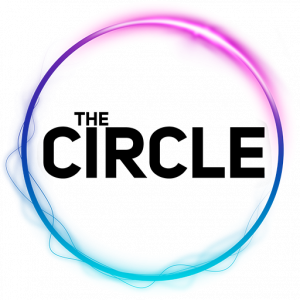Economists have been exploring people’s behavior for hundreds of years: how we make decisions, how we act individually and in groups, how we exchange value. They’ve studied the institutions that facilitate our trade, like legal systems, corporations, marketplaces.
But there is a new, technological institution that will fundamentally change how we exchange value, and it’s called the blockchain.
One of the first people to really explore the idea of institutions as a tool in economics to lower our uncertainties about one another and be able to do trade was the Nobel economist Douglass North. North pioneered what’s called “new institutional economics”. And what he meant by institutions were really just formal rules like a constitution, and informal constraints, like bribery.
These institutions are really the grease that allow our economic wheels to function, and we can see this play out over the course of human history. If we think back to when we were hunter-gatherer economies, we really just traded within our village structure. We had some informal constraints in place, but we enforced all of our trade with violence or social repercussions. As our societies grew more complex and our trade routes grew more distant, we built up more formal institutions, institutions like banks for currency, governments, corporations.
These institutions helped us manage our trade as the uncertainty and the complexity grew, and our personal control was much lower. Eventually with the internet, we put these same institutions online. We built platform marketplaces like Amazon, eBay, Alibaba, just faster institutions that act as middlemen to facilitate human economic activity.
As Douglass North saw it, institutions are a tool to lower uncertainty so that we can connect and exchange all kinds of value in society. And we are now entering a further and radical evolution of how we interact and trade, because for the first time, we can lower uncertainty not just with political and economic institutions, like our banks, our corporations, our governments, but we can do it with technology alone.
So what is the blockchain?
Blockchain technology is a decentralized database that stores a registry of assets and transactions across a peer-to-peer network. It’s basically a public registry of who owns what and who transacts what. The transactions are secured through cryptography, and over time, that transaction history gets locked in blocks of data that are then cryptographically linked together and secured. This creates an immutable, unforgeable record of all of the transactions across this network.
This record is replicated on every computer that uses the network. It’s not an app. It’s not a company. I think it’s closest in description to something like Wikipedia. We can see everything on Wikipedia. It’s a composite view that’s constantly changing and being updated. We can also track those changes over time on Wikipedia, and we can create our own wikis, because at their core, they’re just a data infrastructure.
On the blockchain, you can think of it as an open infrastructure that stores many kinds of assets. It stores the history of custodianship, ownership and location for assets. It could be a certificate, a contract, real world objects, even personal identifiable information.
So how do blockchains lower uncertainty and how do they promise to transform our economic systems in radical ways?
Uncertainty is kind of a big term in economics, but there are 3 forms of it that we face in almost all of our everyday transactions, where blockchains can play a role: not knowing who we’re dealing with, not having visibility into a transaction and not having recourse if things go wrong.
- Not knowing who we’re dealing with.
Say you want to buy a used smartphone on eBay. The first thing you’re going to do is look up who you’re buying from. Do they have great reviews and ratings, or do they have no profile at all? Reviews, ratings, checkmarks: these are the attestations about our identities that we cobble together today and use to lower uncertainty about who we’re dealing with. But the problem is they’re very fragmented.
- Not having visibility into a transaction.
The second uncertainty that we often face is just not having transparency into our interactions. Say you’re going to receive that smartphone by mail. You want to know that the product you bought is the same one that arrives in the mail and that there’s some record for how it got to you.
Using the blockchain, we can create a shared reality across nontrusting entities. This means all of these nodes in the network do not need to know each other or trust each other, because they each have the ability to monitor and validate the chain for themselves.
Think back to Wikipedia. It’s a shared database, and even though it has multiple readers and multiple writers at the same time, it has one single truth. So we can create that using blockchains. We can create a decentralized database that has the same efficiency of a monopoly without actually creating that central authority.
So all of these vendors, all sorts of companies, can interact using the same database without trusting one another. It means the consumers have a lot more transparency. As a real-world object travels along, we can see its digital certificate or token move on the blockchain, adding value as it goes. This is a whole new world in terms of visibility.
- Not having recourse if things go wrong.
The last uncertainty that we often face is one of the most open-ended. What if you don’t receive the smartphone? Can you get my money back?
Blockchains allow us to write code, binding contracts, between individuals and then guarantee that those contracts will bear out without a third party enforcer. So if we look at the smartphone example, you are financing that phone, but you don’t need to release the funds until you can verify that all the conditions have been met. It means a lot of human economic activity can get collateralized and automated, and push a lot of human intervention to the edges, the places where information moves from the real world to the blockchain.
So rather than all of our uncertainties slowing us down and requiring institutions like banks, our governments, our corporations, we can actually harness all of that collective uncertainty and use it to collaborate and exchange more and faster and more openly.


